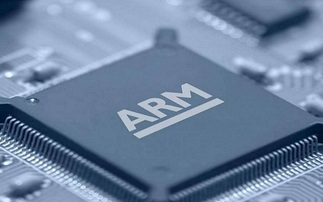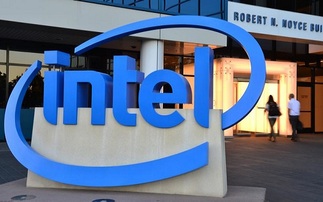'Ontario' chip for ultra-thin laptops will be first Fusion platform later this year
Fusion gives an ultrathin laptop 'supercomputer power', AMD said AMD has confirmed plans to ship its first Fusion processor before the end of 2010, but this will now be the Ontario low-end chip f...
To continue reading this article...
Join Computing
- Unlimited access to real-time news, analysis and opinion from the technology industry
- Receive important and breaking news in our daily newsletter
- Be the first to hear about our events and awards programmes
- Join live member only interviews with IT leaders at the ‘IT Lounge’; your chance to ask your burning tech questions and have them answered
- Access to the Computing Delta hub providing market intelligence and research
- Receive our members-only newsletter with exclusive opinion pieces from senior IT Leaders






















